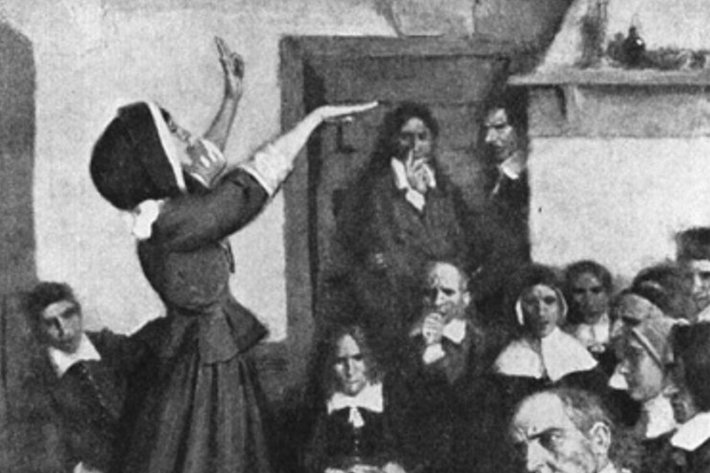Adherents of Iran’s minority Zoroastrian faith lit fires that illuminated the night sky in various cities across the Islamic republic to celebrate Sadeh, an ancient festival that annually marks the conclusion of the coldest winter days and the preparation of agricultural fields for planting in the spring.

The January 30 festivities began after sunset as followers of Zoroastrianism sang, danced and prayed around fires and shared fresh and dried fruits while exchanging stories.
Sadeh (also spelled as Sadah), focuses on the 50 days and 50 nights that remain before spring sets in. In fact, the word literally means “the one hundred,” and the festival’s roots date back millennia to the time when Zoroastrianism—one of the world’s earliest religions—was the chief faith of the mighty Persian empire that was eclipsed by the advent of Islam following an Arab invasion in the 7th century.
On the outskirts of Tehran, Iran’s capital city, a group of Zoroastrian priests and priestesses, adorned in all-white attire to signify purity, guided young devotees in a cheerful ceremony to ignite a massive bonfire.
Amidst the flames, attendees enjoyed musical performances, listened to theological lectures, and mingled and rejoiced while partaking in food and festivities.
In an unusual gesture, the air force band of the Islamic Republic performed the national anthem and other melodies, much to the delight of the participants.
The majority of Iran’s population, which exceeds 85 million, consists of Shiite Muslims. Since Iran’s 1979 Islamic revolution, the nation has been governed by hardline clerics who advocate a rigid interpretation of Islam in which adherence to pre-Islamic festivals and traditions is discouraged.
Zoroastrianism, a monotheistic faith predating both Christianity and Islam, traces its origins back some 3,800 years to the teachings of the prophet Zoroaster. Emphasizing the importance of good deeds, the religion places fire at the core of its worship, viewing it as a symbol of truth and the divine spirit.
Zoroastrians do not worship fire; instead, they regard it as a symbolic representation of righteousness.
Together with other minority groups, such as Christians and Jews, Zoroastrians have a single representative in Iran’s parliament, Esfandiar Ekhtiari.
In the ceremony on January 30, Ekhtiari noted that the Sadeh celebration is inclusive and serves as a symbol of “felicity, respect to humanity and nature as well as human beings.”
UNESCO commends Sadeh for uniting people from varied cultural, ethnic, and religious backgrounds, while promoting peaceful interactions focused on agrarian and culinary traditions.
In 2023, the U.N. body acknowledged Sadeh as part of the Intangible Cultural Heritage of Humanity originating from Iran and the neighboring Tajikistan.
_________________
From its beginnings, the Church of Scientology has recognized that freedom of religion is a fundamental human right. In a world where conflicts are often traceable to intolerance of others’ religious beliefs and practices, the Church has, for more than 50 years, made the preservation of religious liberty an overriding concern.
The Church publishes this blog to help create a better understanding of the freedom of religion and belief and provide news on religious freedom and issues affecting this freedom around the world.
The Founder of the Scientology religion is L. Ron Hubbard and Mr. David Miscavige is the religion’s ecclesiastical leader.
For more information, visit the Scientology website or Scientology Network.


